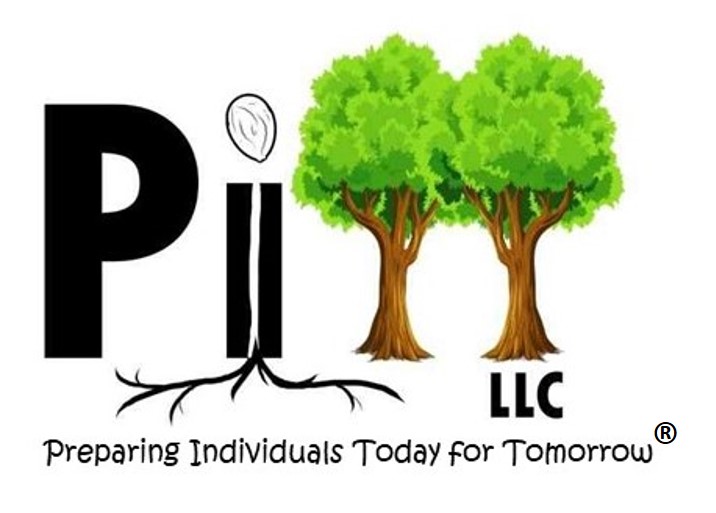
When searching for information on mental health issues, you’ll find attention deficit disorder (ADD) and attention deficit hyperactivity disorder (ADHD) lumped together. In fact, you’ll often read ADD/ADHD. So it’s easy to see why people get confused.
Before we talk about the differences, it’s worth it to take a brief historical look at attention deficit disorder to get an idea of how the term came about.
The diagnostic system of psychiatric disorders is relatively young, having been adopted back in 1980. Before that, the term that doctors used to describe hyperactive and inattentive children was “Hyperkinetic Disorder of Childhood.”
Then a new publication of the psychiatric diagnostic reference, called the Diagnostic and Statistical Manual of Mental Disorders, 3rd Edition (DSM III), came out in 1980 and the terms “attention deficit hyperactivity disorder” (ADHD) and “attention deficit disorder without hyperactivity” (just plain ADD) were formalized.
So What are the Real Differences Between ADHD and ADD?
The real difference between ADD and ADHD is who is diagnosing the person and which terminology (older or newer) they prefer to use. For example, the term “Attention Deficit Disorder” is shorter and easier to say and write. It is often used by people, as well as medical professionals, as a shorthand version of the full-blown Attention Deficit/Hyperactivity Disorder.
To be clear, and technically speaking, there is no longer an official “attention deficit disorder (ADD)” diagnosis — it is all known as attention deficit hyperactivity disorder (ADHD), with a specifier made for the actual type of ADHD the patient suffers: inattentive type, hyperactive-impulsive type, or a combination type.
That being said, ADD is often used as a shorthand to describe the inattentive type of ADHD.
I know, it can definitely be confusing!
Treatments
Treatments for ADD and the other types of ADHD (hyperactive-impulsive and combination) are similar and typically include some kind of therapy and/or medication as interventions.
Common therapies include:
Behavioral therapy: Often using rewards system, the goal of behavioral therapy is to change negative behaviors into positive ones. This therapy is often used in conjunction with medication.
Cognitive behavioral therapy (CBT): This is a type of talk therapy that encourages individuals to think about their feelings and behavior. CBT helps kids and adults build self-esteem, which often takes a hit with the diagnosis of ADHD.
Social skills groups: This is a therapy primarily used to treat kids and adolescence with ADHD. Kids with ADHD often have symptoms that make it hard to socialize. A social skills group can help kids learn and practice important skills for interacting with others.
If you or a loved one has been diagnosed with ADHD or ADD and is interested in exploring treatment options, please get in touch. I’d be happy to discuss how I may be able to help.


It’s great to hear that there are some options for therapy. It seems like CBT is a great way to start thinking about your behavior. My brother wants to get some counseling for his son this month.